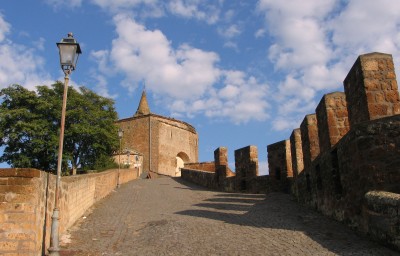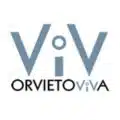 The medieval quarter of Orvieto represents the oldest part of the city, the area of the cliff that was first populated. It expands on the west side of the tufa cliff including the ancient Via della Cava and extending up to the two ancient so called “fortress churches” (due to their particular conformation and strategic position on the perimeter of the cliff) the church of San Giovanni and San Giovenale.
The medieval quarter of Orvieto represents the oldest part of the city, the area of the cliff that was first populated. It expands on the west side of the tufa cliff including the ancient Via della Cava and extending up to the two ancient so called “fortress churches” (due to their particular conformation and strategic position on the perimeter of the cliff) the church of San Giovanni and San Giovenale.
Via della Cava was for a long time the main and most important access to the city, as evidenced by the presence of the massive entrance of Porta Maggiore (construction of the same on a probable pre-existing door of Etruscan origin) and the presence of an original “Etruscan Wall” (currently open and visible only by reservation and availability).
Also along the La Cava, in addition to the Etruscan wall, there is the suggestive Pozzo della Cava (caves, etruscan origin well and medieval and renaissance ceramic exhibition) and also the small church of the Madonna della Cava: one of the smallest Marian sanctuaries in Italy.
The medieval quarter offers truly exciting glimpses and panoramas with houses built close to the tufa spurs and attached to each other. The panoramic path along “Ripa Medici” is very suggestive and romantic, it’s the one that leads from the square where the church of San Giovanni is located to the ancient church of San Giovenale passing right above the arch of Porta Maggiore. From here you have an overview of la Cava and the particular urban structure of the neighborhood.



